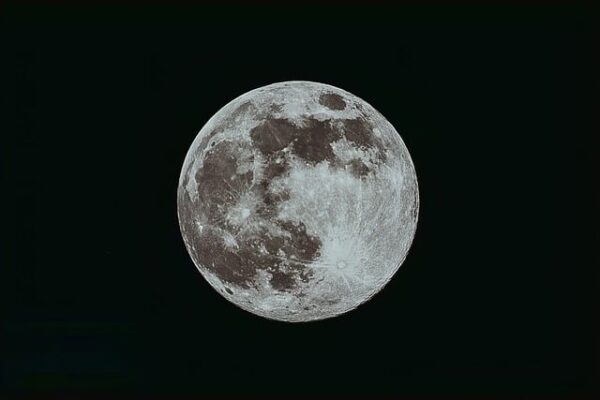Moon shocker! Chandrayaan-3 rover discovers sulphur, changing lunar science forever
India’s Chandrayaan-3 rover, named Pragyan, has sent shockwaves through the scientific community! According to the Indian Space Research Organisation (ISRO), the rover discovered sulphur near the south pole of the lunar surface! For the first time ever, in-situ measurements were conducted to analyze the Moon‘s elemental composition, and guess what? They found more than just moon rocks!
Groundbreaking Findings Upend Lunar Understanding: Sulphur and More!
What sets this discovery apart is the unique Laser-Induced Breakdown Spectroscopy (LIBS) instrument onboard the Pragyan rover. It didn’t just confirm sulphur but also detected aluminium (Al), calcium (Ca), iron (Fe), chromium (Cr), and titanium (Ti)! And there’s more! The rover also detected manganese (Mn), silicon (Si), and oxygen (O)! LIBS has made it possible to identify elements unambiguously, something orbital instruments couldn’t achieve. We’re talking about groundbreaking discoveries that could rewrite lunar textbooks!

India‘s Chandrayaan-3 Unearths Mind-Blowing Elements on the Moon. Photo courtesy of Janusz Walczak from Pixabay.
The Pragyan Rover’s Quest Continues: What’s Next?
Hold onto your telescopes! The Pragyan rover isn’t stopping there! ISRO confirmed the rover is conducting new experiments to search for hydrogen. How do they do it? With intense laser pulses, of course! LIBS targets the lunar surface with high-energy laser pulses to generate localized, incredibly hot plasma. This state-of-the-art technology reveals the elemental composition like never before.
Chandrayaan-3 Reveals Moon’s Extreme Temperature Fluctuations! Hot or Cold?
Besides elemental discoveries, Chandrayaan-3 is dropping bombshells about the Moon’s temperature too! Using its ChaSTE (Chandra’s Surface Thermophysical Experiment) instrument, the rover found insane temperature variations. The surface temperature hits 50 degrees Celsius and jumps to 60 degrees at a height of 20mm! Below ground at minus 80mm? A chilling minus 10 degrees Celsius!
“ChaSTE Unlocks the Moon’s Thermal Mysteries: It’s More Than Just a Rock!”
ChaSTE isn’t just a cool name; it’s a thermal superhero that gauges the temperature profile of the lunar topsoil. Fitted with a penetration mechanism and 10 individual temperature sensors, ChaSTE probes up to 10 cm beneath the lunar surface to understand the Moon’s thermal behavior.
This is more than a milestone for ISRO and Chandrayaan-3; it’s a revolutionary leap for mankind’s understanding of our celestial neighbor! Brace yourselves, because the Moon mysteries are unraveling, and India’s Pragyan rover is leading the charge!
Discover more from Business-News-Today.com
Subscribe to get the latest posts sent to your email.

